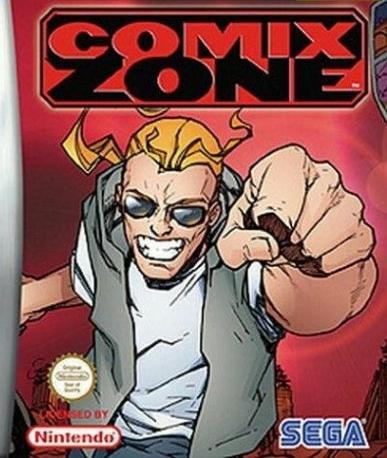

Nonetheless, Comix Zone has some peculiarities which makes it even today an easily distinguishable videogame. Though the Sega Mega Drive was still popular in 1995, players’ attention at that time was almost exclusively focused on the upcoming generation of 32Bit home consoles and their capability of displaying three-dimensional polygonal graphics. This was not due to any inherent deficiency in the videogame but just because of its late release date.

Despite being well-received by both players and critics on its release and nowadays considered one of the most iconic videogames of the Sega Mega Drive, the truth is that Comix Zone did not enjoy huge popularity in its time, at least not as much as other beat ‘em up videogames for the Sega Mega Drive such as Golden Axe (Sega, 1989) and Streets of Rage (Sega, 1991). The concept, design and art direction of the videogame is credited to Peter Morawiec. Sega’s Comix Zone and Miguel de Unamuno On the Ontological Status of Fictional CharactersĬomix Zone (Sega Technical Institute, 1995) is a two-dimensional scrolling beat ‘em up videogame released in 1995 for the Sega Mega Drive (known as Sega Genesis in North America).


 0 kommentar(er)
0 kommentar(er)
